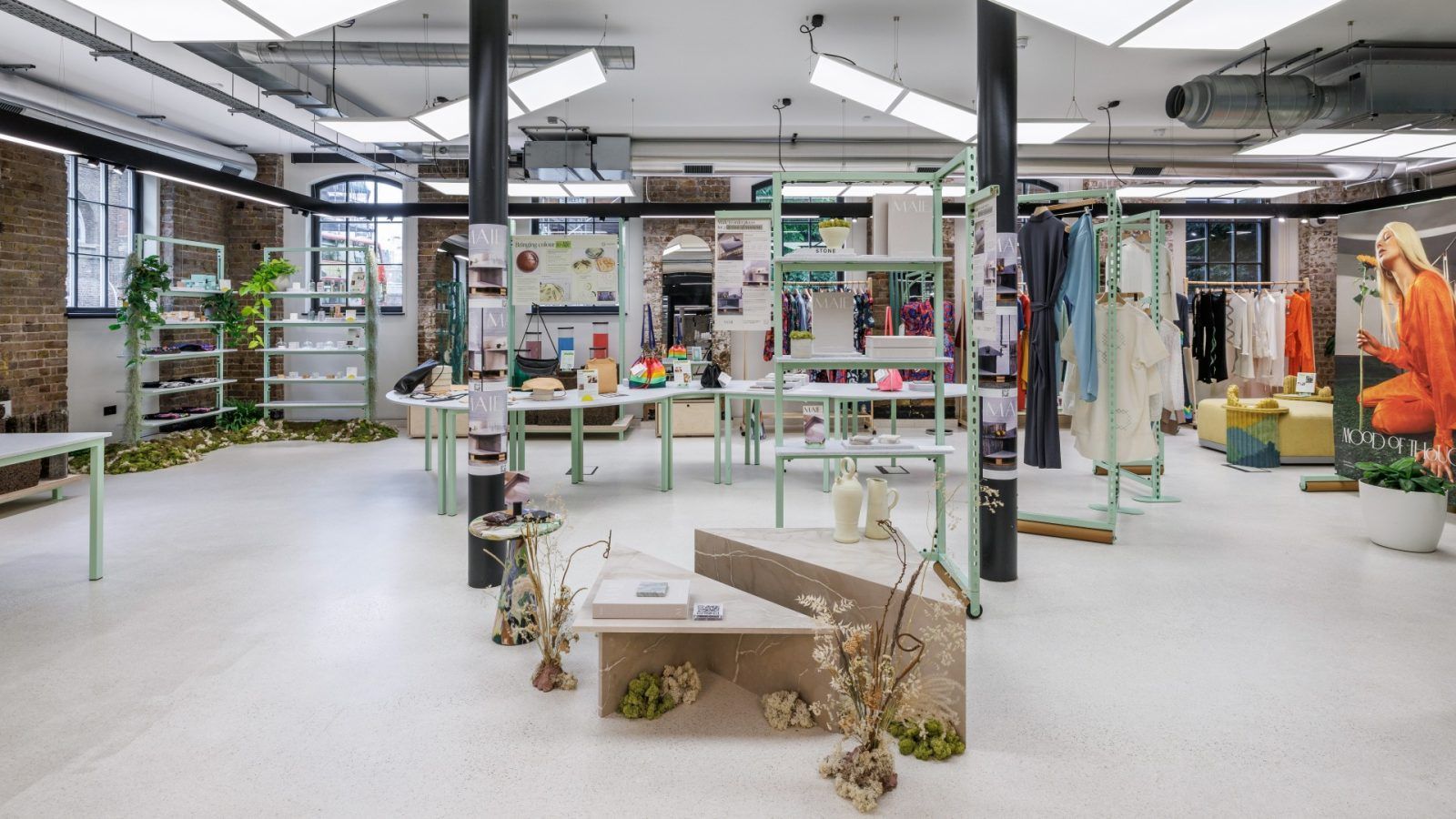


The Mills Fabrica, a global platform for sustainable and social innovation, opened a physical hub in London two years ago. Founded as the innovation arm of the Hong Kong-based property-regeneration project The Mills, the expansion to the Victorian three-storey Cottam House on York Way, a former Kings Cross warehouse, is quite the play. For a start, this district has been undergoing rapid regeneration, given the pending arrival of Google’s gargantuan 300-metre-long, one-million-square-foot “landscraper” HQ, designed by Thomas Heatherwick and Danish architects BIG, between King’s Cross and St Pancras stations, along with current vast installation art shows by the likes of Sir David Hockney and a commitment to making the postcode the capital’s brand-spanking new innovation hub. But here’s the thing. Walk past and you might not even notice the presence of The Mills Fabrica given the buzz in the ’hood. But venture inside … and start majorly obsessing.
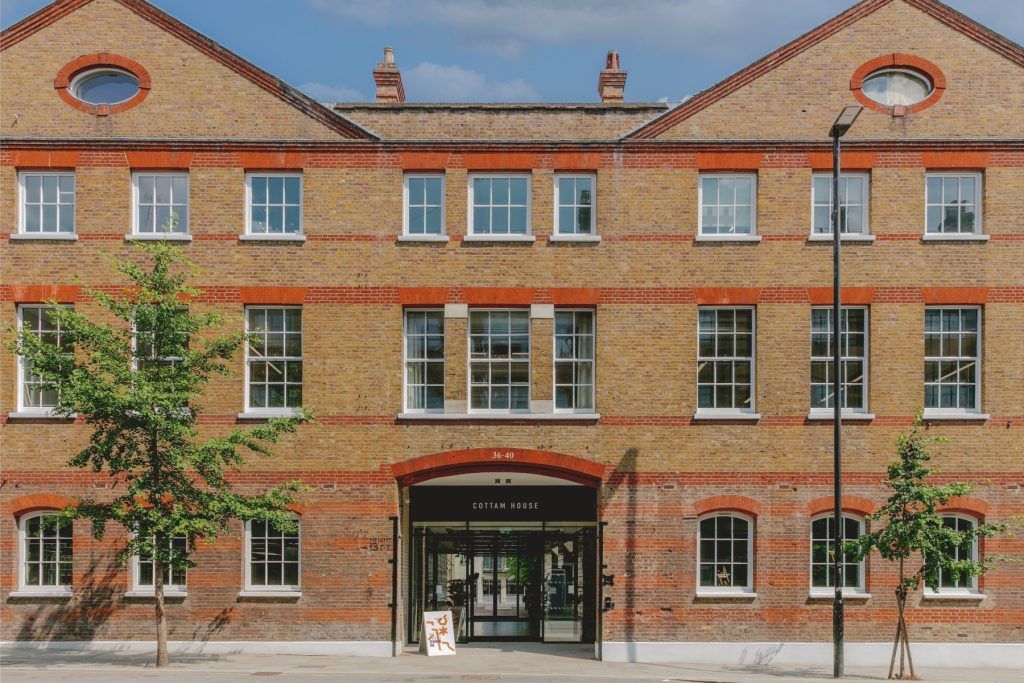
Tomorrow and tomorrow and tomorrow … the beleaguered fashion industry is blueprinting a next-gen evolution discreetly between these hallowed walls. And, seriously, that’s not Panglossian press release speak. Come closer. What if we told you Antoine Arnault, CEO of Christian Dior SE, visited two days before our first visit? And that Chanel’s sustainable veeps showed up three days after our second? And that Stella McCartney and Alexander McQueen buy fabrics through Mills Fabrica King’s Cross? And that this discreet, elevated shrine of “techstyle” and agri-distinction introduces the bosses of leading luxury conglomerates to the mad scientists of bio- and eco-lab start-up culture, who are the fashion industry’s new prophets, gods and gurus, hiving in search of our planet’s – and its high streets’ – Holy Grail?

So it is at The Mills Fabrica King’s Cross. A start-up incubator; an investment platform; high-spec labs with live-in IRL scientists (we met two cultivating potato-plant waste as powder for fabric); co-working spaces; strategic collaborations and a programme of cultural and industry events (Mills Fabrica is the innovation partner/sponsor for this month’s London Craft Week and running a spectacular series of talks with leading innovators and retailers in this next-gen space including Ganni and Farfetch ) – along with an experiential retail space of its own, Fabrica X, and even a cafe, both of which are open to the general public. Yes, you read that right. Mills Fabrica King’s Cross is your new must-go, must-learn, must-experience, must-capitalise attraction on any London visit. The ’60s had the Sex Pistols, but this 2023 brand of bio-punk and beyond riffs natural-world anger – the damage we’ve wrought – yet also hums hopeful immediacy, like Nietzsche’s bees of the invisible, harmonising an accelerated dash to scientifically inspired sartorial and agricultural solutions.
Walk into this Tardis of scientific adventure and a centrepiece of the space is taken up by Nona Source, a LVMH-backed platform that opened in May last year. Nona, an online resale platform of fabrics and leathers, takes so-called deadstock fabrics from the French fashion purveyor’s luminous inventory of brands and resells them to a new generation of designers, many of them students; consider, the prestigious Central St Martins is just a stone’s throw away. Nona is the brainchild of Romain Brabo (former buyer at Givency and Kenzo), Marie Falguera (materials and environmental coordinator at Kenzo) and Anne Prieur du Perray (digital transformation manager at LVMH).
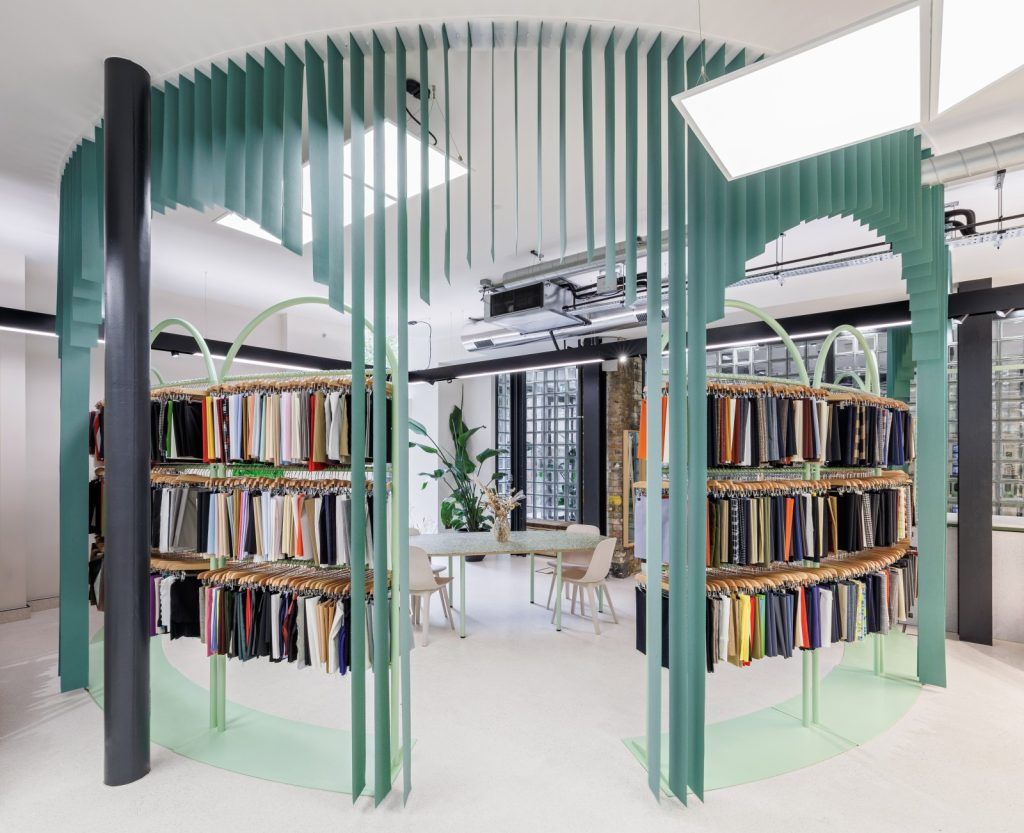
Brabo refers to these rolls of discarded fabric as “sleeping beauties”, i.e, rolls of seldom-if-ever-used fabric that lie in storage in the back rooms and basements of Parisian couture houses, comprising everything from Dior, Louis Vuitton and Fendi to Loro Piana, Givenchy and Loewe. He maintains they could be sold to new generations of designers – and individual consumers – at substantial discounts.
Nona Source stocks a library of fabrics at The Mills Fabrica, and designers shop them all. This is creative fashion in action. Little wonder the shrine is shopped by Stella McCartney and Richard Malone, both of whom design from high-end deadstock. It’s not all eco though – there might be silk, but there’s also synthetic materials such as viscose and polyester. And there’s an added bonus, says Head of Europe and GM of The Mills Fabrica Nikita Jayasuriya, who previously worked as Partnership Director at Parley for Oceans. “The great thing about having all these designers come in, like Stella or Alexander McQueen, is that we can then introduce them to some of our start-ups and tell them about potential innovations that can change the industry. That’s a very healthy exchange.”
Despite the efforts of firms like Nona to sell upscale deadstock, and companies fashioning leather out of mushrooms (Mylo) and even pineapple waste (Pinatex), we wonder how much of the current global eco/bio debate is about finding as much as possible like-for-like the “new plastic”.
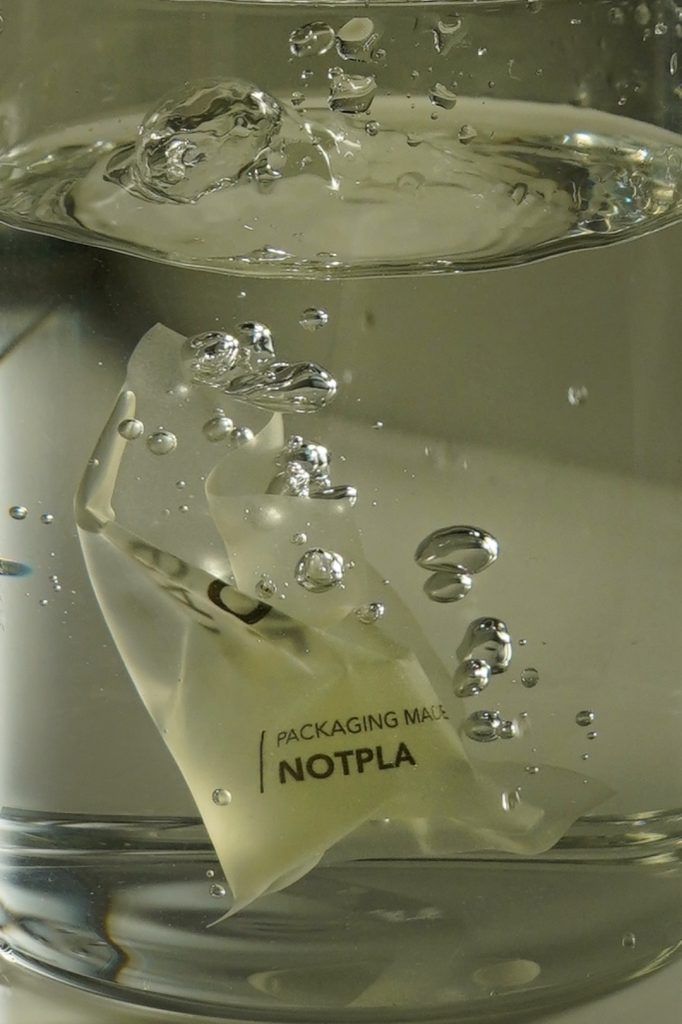
“When we look at new materials companies, that’s what we’re assessing; and how to grow new materials,” says Jayasuriya. “Because the truth of the matter is that if you remove polyester from the fashion industry, or the textile industry, there isn’t enough cotton out there to meet the demand of our consumption and there isn’t enough arable land out there to grow it. But we do need to find a material to replace polyester and that’s one of our big initiatives. As you go forward and look at investment potential, I’m consciously looking at things that aren’t just bio-plastic.”
He tells us certain types of supposed bio-plastic can sometimes be just as deleterious as the products they’re trying to replicate. “Nature doesn’t have a dustbin as such. Only humans have dustbins. That’s why materials that can dissolve completely back into nature are the most exciting. And, of course, we’re all up against the biggest lobbies on the planet – that’s the oil industry and the plastic industry, and, of course, they’re saying plastic’s great, just keep recycling it, keep recycling it, keep recycling it. None of us need the amount of plastic we have in our lives. And of course, those lobbies shift the blame from themselves to us the consumer.”
Among the roster of start-ups Mills Fabrica represents, notable investments have included Sweden’s RenewCell (maker of Circulose fabric used by Zara, Levi’s, H&M – which first invested in 2017 – and Tommy Hilfiger. It’s also currently being trialled by luxury conglomerate Kering); Colorifix, which produces natural dyes from bacteria and causes no harm to the environment; and Hong Kong-based Unspun, maker of custom 3D-fit denim jeans, which last year collaborated with next-gen clothing retailer Pangaia and whose co-founder and fashion-tech entrepreneur Walden Lam was on Prestige’s 40 Under 40 list last year. And there’s Notpla, the Hackney Wick-based winner of last year’s Earth Shot Prize, which makes packaging out of 100-percent-natural seaweed, and paper out of the waste it doesn’t use for packaging.
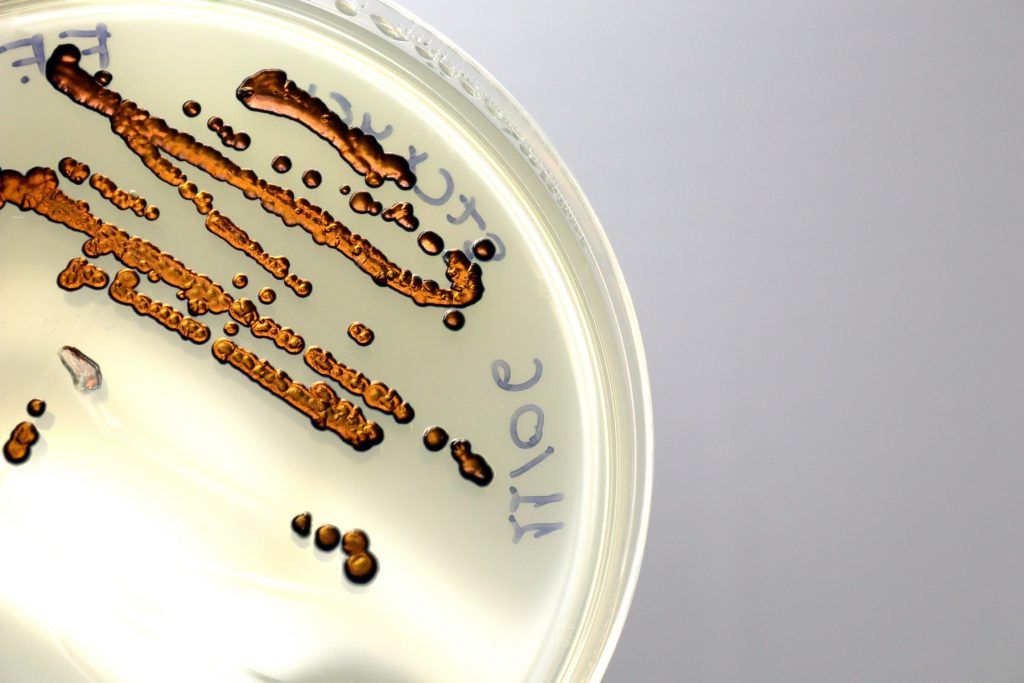
“We invested in Colorifix because it does natural dyes made from bacteria,” says Jayasuriya. “Dyeing is not only one of the most polluting parts of the process in terms of carbon dioxide and emissions, but also in terms of chemicals that go into the ground. So after all that material is dyed, the toxic dyes just get washed into the rivers and pools. So this company uses bacteria to make dyes that are all-natural and therefore you can put them into the soil as they’re completely harmless.” And this he sees as a major game changer. “It’s these types of scientists who I call punks. They were actually trying to figure out how to clean water in Africa when they came across this idea. But if you mention the word ‘fashion’ to them, they’ll start sniggering or burst into laughter. That’s not what they do, but it’s where their impact might be greatest. And that’s a great example of what we do in this space here. We’re giving a platform to all the companies we invest in to innovate and create and connect them to the market. And then we help connect brands to innovation.”
Case in point, the recent visits of LVMH to The Mills Fabrica King’s Cross. “We’ve done workshops here with some of the main personnel from LVMH, and their sustainable innovation team,” explains Jayasuriya. “We bring them here and also invite 10 start-ups. We’re putting all our cards on the table (some of these labs might not yet even be in our portfolio) and the only way we’re going to solve these problems is via collaboration. We’re not going to solve it by ourselves, so we figure we need to be kind of super-collaborators, always connecting and expediting the business.”
Fashioning a future, and futuring a fashion.
(Header image: Inside The Mills Fabrica (Photo: Alex Upton))
| Cookie | Duration | Description |
|---|---|---|
| cookielawinfo-checkbox-analytics | 11 months | This cookie is set by GDPR Cookie Consent plugin. The cookie is used to store the user consent for the cookies in the category "Analytics". |
| cookielawinfo-checkbox-functional | 11 months | The cookie is set by GDPR cookie consent to record the user consent for the cookies in the category "Functional". |
| cookielawinfo-checkbox-necessary | 11 months | This cookie is set by GDPR Cookie Consent plugin. The cookies is used to store the user consent for the cookies in the category "Necessary". |
| cookielawinfo-checkbox-others | 11 months | This cookie is set by GDPR Cookie Consent plugin. The cookie is used to store the user consent for the cookies in the category "Other. |
| cookielawinfo-checkbox-performance | 11 months | This cookie is set by GDPR Cookie Consent plugin. The cookie is used to store the user consent for the cookies in the category "Performance". |
| viewed_cookie_policy | 11 months | The cookie is set by the GDPR Cookie Consent plugin and is used to store whether or not user has consented to the use of cookies. It does not store any personal data. |